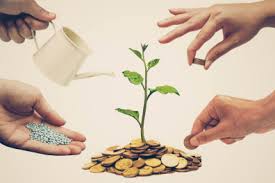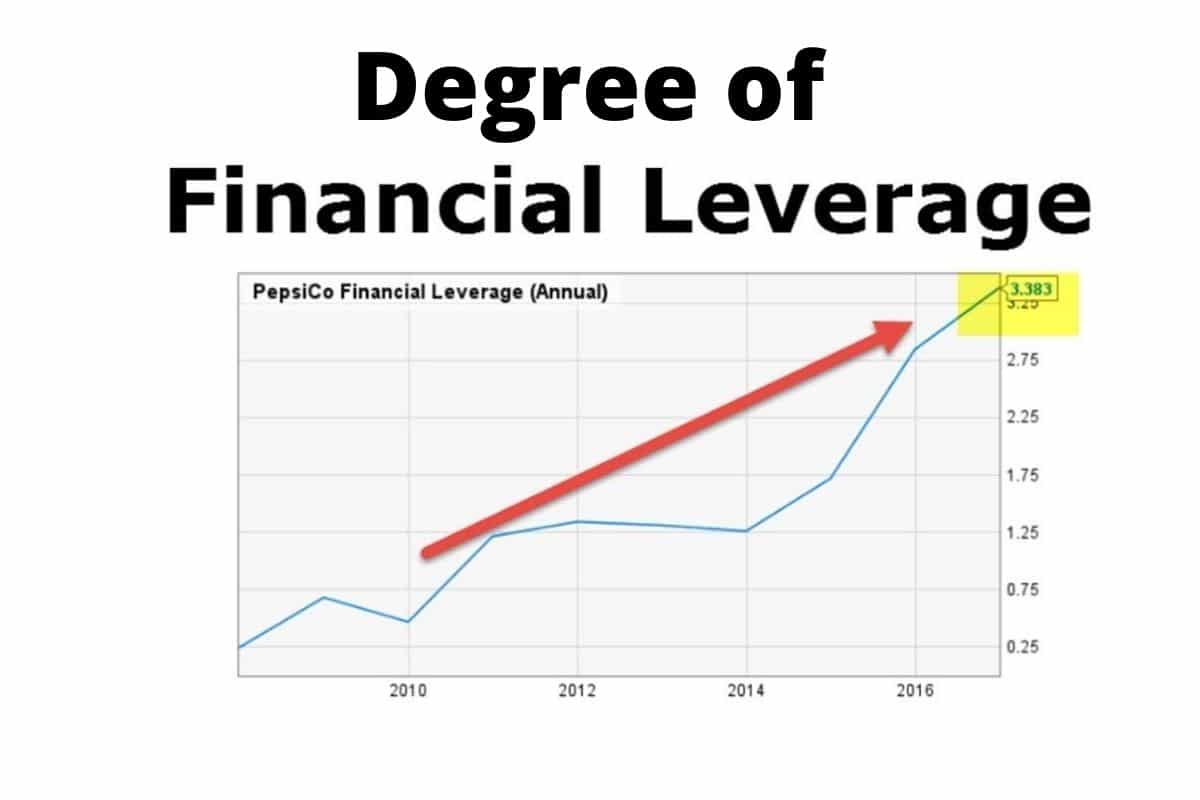Looking for a better understanding of development finance? Then look no further. Here in this article, you will get all the necessary information you need to learn about development finance. The importance, definition, concept, and sources of development finance are all explained here. However, full details on development finance courses, finance institutions, and corporations, you will also find in this amazing article.
What is Development Finance?
Development finance is the provision of risk capital by local communities by the use of public sector resources for economic development. Meanwhile, it also serves as means to encourage expansion in physical development, business or industry through private or public investment.
However, there are various methods that development institutions or industries used to leverage public resources. Meanwhile, these leveraged public resources are aimed to solve the needs of businesses, industries, developers, and investors. These methods include debt, equity, loans, bonds, credits, liabilities, guarantees, credit enhancement, venture capital, short-term, long-term, incentives, and gap financing.
Read More: Personal Finance: Basics, Importance, Types, Management ( + Free Software)
Importance of Development Finance
Basically, for any type of business loan, there is importance to using development finance. However, below are the importance of development finance as a source you should know;
- Development finance allows businesses and industries to raise capital for its project.
- It provides quick access to funds that could be made available within 48 hours.
- This type of finance is always a short-term loan. This means a business or industry won’t be tied down with a loan over a long period of time.
- It can also cover the cost of contractors and materials needed for the project.
Concept of Development Finance
The general concept of development finance is to efficiently allocate resources towards the economic and social transformation of entire nations. Meanwhile, this idea was born out of the challenge in promoting speedily economic development of nations with new independence. Moreover, to be used to reconstruct former industrial economies destroyed by the two great wars of the twentieth century.
Nevertheless, the governments and multilateral institutions have to embrace a policy view. This policy view states that governments should have an important role in promoting finance for social transformation activities. These policies include building dedicated domestic and international financial institutions, control of international financial flows. Also, the policy covers shaping credit conditions within national borders.
Read Also: Financial Times: History, Subscription, News (+ Free Sub Tips)
Sources of Development Finances
Major sources of development finances includes the following;
#1. International private income and capital flows
Developing world and transition countries in 2004 received a net financial flow from the private sector amounting to $192million in equity. While it’s amounted to $109million in debt which indicates that equity flows are much stable than debt flows.
Meanwhile, Foreign direct investment (FDI) is one of the most important components of private financial flows. FDI is a private sector impacted by the economic criteria of private businesses. However, the major advantages of this form of finance are it decreases the debt burden of the developing countries. It contributes to capital formation, subsequent income, and tax generation. Moreover, it doesn’t suffer rapid inflow and sudden outflow when financial crises arise.
#2. Official development assistance (ODA)
Official development assistance (ODA) plays a vital role as aid grants and loans made by donor governments and multilateral agencies. These loans serve the purpose of promoting economic development and welfare of the poorest countries in the development world.
Nevertheless, ODA is defined by the Development Assistance Committee (DAC) of the Organization for Economic Cooperation and Development (OECD). However, it is considered by the World Bank as the most trustworthy measure of resources for development finance. ODA has its clear advantage of lesser debt burden while loans are provided in favorable terms in comparison with the standard terms.
#3. Sustainable official debt financing and debt relief
IMF, World Bank, and regional development banks are the external official lenders provided by international institutions. They are also of good importance to the developing world as they help to overcome the narrow domestic debt market. Meanwhile, its clear advantage includes the need to service the debt by paying off the principal and interest. It also ensures that the widespread inefficiency of public spending in third-world countries is monitored.
Read Also: Microfinance Bank Updated List 2023: (+ how to apply guide)
Development Finance Course
Development finance courses include the MSc Development Finance course which will provide you with a thorough understanding of specific aspects of development finance. It will also help you to recognize finance-related issues as increasingly important in development.
Meanwhile, It will help you with the necessary skills needed to make a meaningful contribution to policy formulation and implementation. This is achieved by focusing on financial development policy and financial management, in regards to specific reference to developing countries. Read more of this course, duration, and how to apply at the University of Manchester website.
Read Also: Student Finance: Grants, Loans, Applications (+ How to Start Guide)
Development Finance Institutions
Development finance institutions (DFIs) are very specialized organizations or banks usually owned by national governments to support private sector development. Basically, DFIs get their source of capital from national or international funds and benefits from government guarantees. However, these benefits from the government guarantees ensure their credit trustworthiness.
Basically, DFIs are either bilateral acting as independent institutions or multilateral acting as a private sector. Multilateral DFIs are private-sector arms of international finance institutions (IFIs) established by more than one country. Below are both bilateral and multilateral DFIs worldwide.
Bilateral DFIs and country:
- OeEB (Austria)
- BIO (Belgium)
- BMI-SBI (Belgium)
- FinDev Canada (Canada)
- IFU (Denmark)
- Finnfund (Finland)
- AFD/Proparco (France)
- KfW/DEG (Germany)
- CDP/SIMEST (Italy)
- FMO (Netherlands)
- Norfund (Norway)
- SOFID (Portugal)
- CONFIDES (Spain)
- Swedfund (Sweden)
- SIFEM (Switzerland)
- CDC Group (United Kingdom)
- OPIC (United States)
Multilateral DFIs
- AFDB (African Development Bank)
- ADB (Asian Development Bank)
- EBRD (European Bank for Reconstruction and Development)
- EIB (European Investment Bank)
- IDB (Inter-American Development Bank)
- IFC (International Finance Corporation)
- ISDB (Islamic Development Bank)
Development Finance Corporation
U.S International Development Finance Corporation (DFC) is an American federal government development bank. They work with private sectors to finance private development projects and offer solutions to challenges facing today’s developing world.
Mostly, (DFC) invest in many sectors to provide loans and other financial grants to lower-income countries. Meanwhile, they invest in sectors like healthcare, energy, infrastructure, and technology project. However, they lend loans to small businesses and women in entrepreneurship with aim of creating job opportunities in emerging markets.
Read Also: PROJECT FINANCE: Simple Guide to Kick start any Project(+ best picks)
DFC has made America a strong and more competitive leader on the global development stage. Basically, they have a greater ability to partner with allies on transformative projects to provide financial alternatives to state-directed initiatives. Meanwhile, these initiatives help to keep developing countries from going worse. One important thing to know, DFC is formally OPIC merged with Development Credit Authority. However, it was formed on December 20, 2019.
What Is the Role of Finance in the Development?
It helps the economy grow by accumulating capital and making technological advances. It does this by increasing the savings rate, mobilizing and pooling savings, producing information about investments, making it easier for foreign capital to come in and encouraging it to do so, and making the best use of capital.
What Are the Source of Development Finance?
The main sources of money are equity, debt, and grants from the government. These other ways to get money for a project have big effects on its total cost, cash flow, final liability, and claims on its income and assets.
What Is Masters in Development Finance?
The program includes 10 courses and a 60-credit minor dissertation that help students learn more about the ecosystem of development finance. This includes the role, mechanisms/instruments, and effects of the different stakeholders who are involved in mobilizing and coordinating finance for sustainability.
Is Development Finance Regulated?
Most development finance is unregulated, but sometimes it needs to be a regulated facility.
How Are Development Finance Institutions Funded?
Even though DFIs are mostly funded by the government, their operations and growth are often kept going by the money they make from their investments. DFIs play a very important role in getting private investors to put money into projects by being “first-movers” and lowering the risk of projects that private investors often think are too risky.
What Are the 2 Types of Financing Sources?
The two main ways to get money are through debt and stock. Some parts of a business may be able to be paid for by government grants.
How Much Can You Borrow With Development Finance?
With development finance, you can borrow between 50 and 60% of the cost of a new project. Or up to 100% of the purchase price, as long as that isn’t more than 60–70% of the gross development value.
Conclusion
DFC advances American foreign policy and commercial competitiveness. The investments DFC organizes serve to stabilize forces in developing countries around the world. This also includes some of the world’s poorest countries and regions affected by conflict. Investing in these markets has helped American businesses gain ground in many of the world’s fastest-growing markets with the concept of development finance.
Related Articles
- PERSONAL DEVELOPMENT GOALS: Definition, Examples and How to Set it Up(Opens in a new browser tab)
- FINANCE COMPANY: Definition, Types & Top 10 Companies(Opens in a new browser tab)
- PRODUCT DEVELOPMENT STRATEGY: How to Create a Product Development Strategy(Opens in a new browser tab)
- PRODUCT DEVELOPMENT PROCESS: What Are The Steps Involved?(Opens in a new browser tab)






